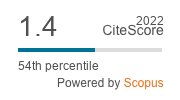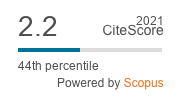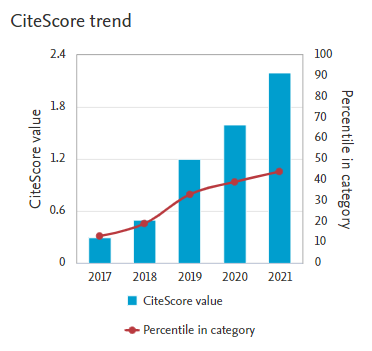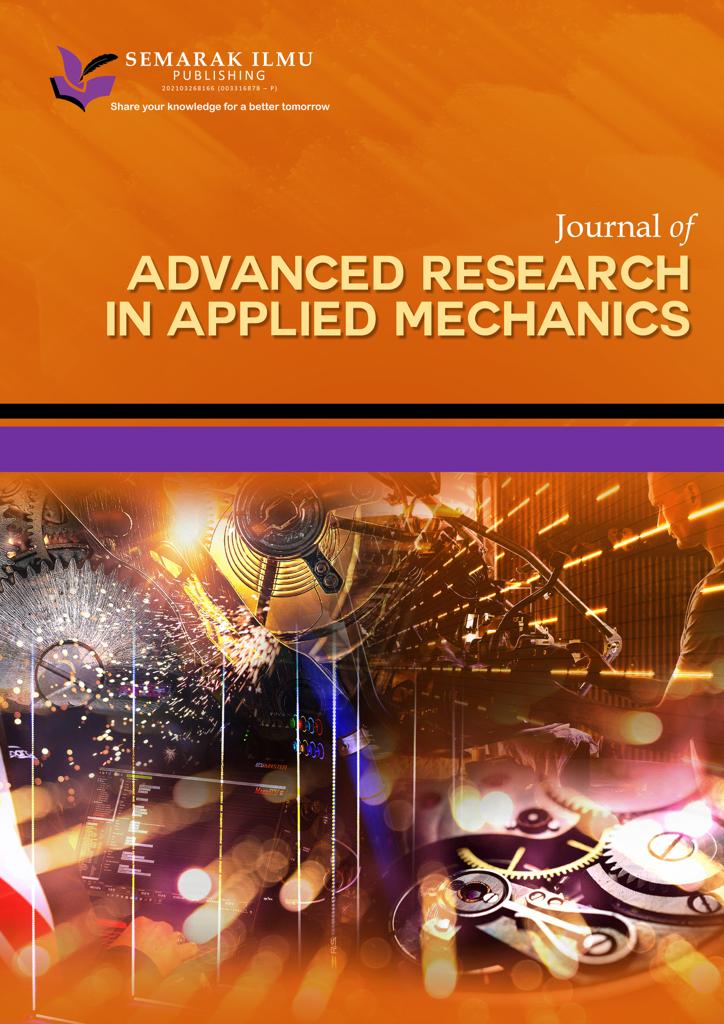Computational Analysis of Hemodynamic Blood Flow through Stenotic Human Artery
DOI:
https://doi.org/10.37934/arfmts.120.2.125136Keywords:
Coronary artery, fluid dynamics, Galerkin residual, stenosis, numericalAbstract
Cardiovascular system conditions, such as aneurysms, narrowing in coronary arteries, heart attacks, and strokes, have been identified as the major cause of death globally. The aorta of the heart, coronary, carotid, and femoral arteries are the arteries that are most often impacted. It is a crucial field of research for understanding blood circulation behavior and viscosity under shear. The mathematical evaluation and modeling of blood circulation via stenosis artery walls at various velocity levels have been investigated during this research. The hyperbolic trajectory is employed at the input, whereas fixed pressure is applied at the outlets. For motion, uniform Neumann parameters are utilized, and for vascular stress, no-slip parameters are utilized. Using an expression of normalized primitive variables, the laws of momentum as well as mass equations are presented. Using the Galerkin weighted residual approach of the finite element method; the laws of motion that are free of dimensions are solved. The mathematical models of blood flow’s results are shown in terms of streamlines and directions along the vessel axis, pressure graphs, and velocity contour lines. The graphical analysis has demonstrated the impacts of blood speed, arterial pressure across the vessel axis, wall shear stress, and governing variables for the model, specifically Reynolds number Re. It is observed that there is great agreement between the findings of code validation and previously published research. The findings show that variables like the Reynolds value Re and the length of the stenosis have a significant impact on blood flow and pressure. This study will assist doctors in better identifying any CVD conditions associated with stenosis and will help them provide treatment.
Downloads



























